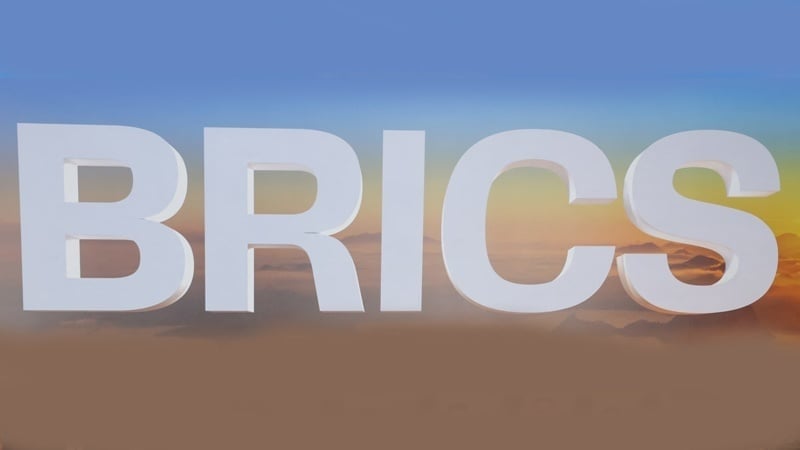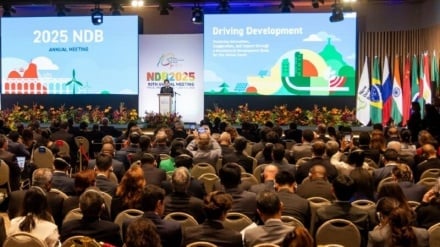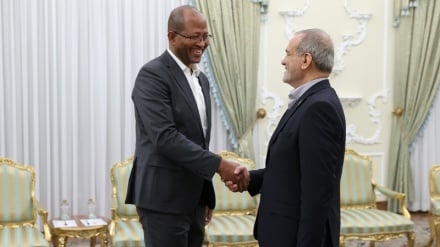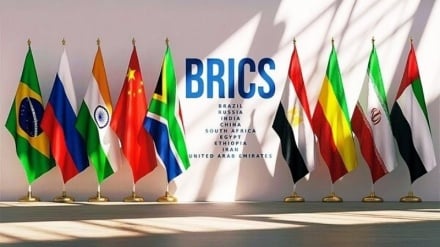BRICS: Challenging global financial order, forging new economic architecture
-

BRICS: Challenging the global financial order and forging a new economic architecture
Pars Today – As BRICS emerges as a new actor on the global economic stage, seeking to create a multipolar economic order through expanded financial and cultural cooperation, Western analysts view the bloc as a threat to the dominance of the U.S. dollar and the American-led financial architecture.
The BRICS group, initially formed as an association of five major emerging economies (Brazil, Russia, India, China, and South Africa), has now become an influential player on the global economic stage. By expanding the scope of its cooperation in financial, cultural, and media domains, the bloc is seeking to create an alternative to the Western-dominated economic system. The group's expansion and the increased coordination among its members have raised concerns among Western analysts about the potential weakening of the dollar's supremacy and the erosion of U.S. influence in the global financial system, as detailed in this Pars Today report.
BRICS's new financial architecture
BRICS is aiming to reduce its dependency on the U.S. dollar and the SWIFT system by creating parallel financial institutions, such as the New Development Bank established in 2014, and by promoting alternative payment systems like China's Cross-Border Interbank Payment System (CIPS). These measures are designed to create financial channels that are resilient to external oversight and control. Furthermore, promoting non-dollar trade and diversifying currency reserves are key priorities for the bloc.
Dollar substitution strategies
BRICS members are pursuing several strategies to reduce their reliance on the U.S. dollar. These include:
* Promoting the use of national currencies in trade settlements.
* Expanding bilateral currency swap agreements.
* Developing barter and clearing arrangements.
* Investing in digital currencies.
* Creating shared payment platforms, such as "BRICS Pay."
Expanding influence in the Persian Gulf
By integrating influential Persian Gulf states like the United Arab Emirates and developing relations with Saudi Arabia, BRICS is seeking to reduce the region's dependency on the dollar. China, by encouraging oil producers to settle transactions in yuan, and Russia, by developing non-dollar trade mechanisms with Iran, are actively building parallel financial systems in this strategic region.
Challenges and limitations
Although BRICS has taken significant strides toward establishing an alternative financial order, it faces numerous challenges. These include a lack of full cohesion among members due to internal rivalries, limitations related to the convertibility of national currencies, the limited depth and liquidity of alternative currencies compared to the dollar, and differing levels of economic development and national interests among member states.
Conclusion
The BRICS group, through the development of parallel financial institutions and the promotion of non-dollar trade, is gradually altering the balance of power in the global financial system. While the bloc still lacks the necessary cohesion to fully replace the dollar, its efforts to create financial alternatives have challenged the traditional dominance of the United States and provided more maneuvering room for developing countries. BRICS's ultimate success will depend on its ability to enhance coordination among its members and develop efficient financial institutions.


